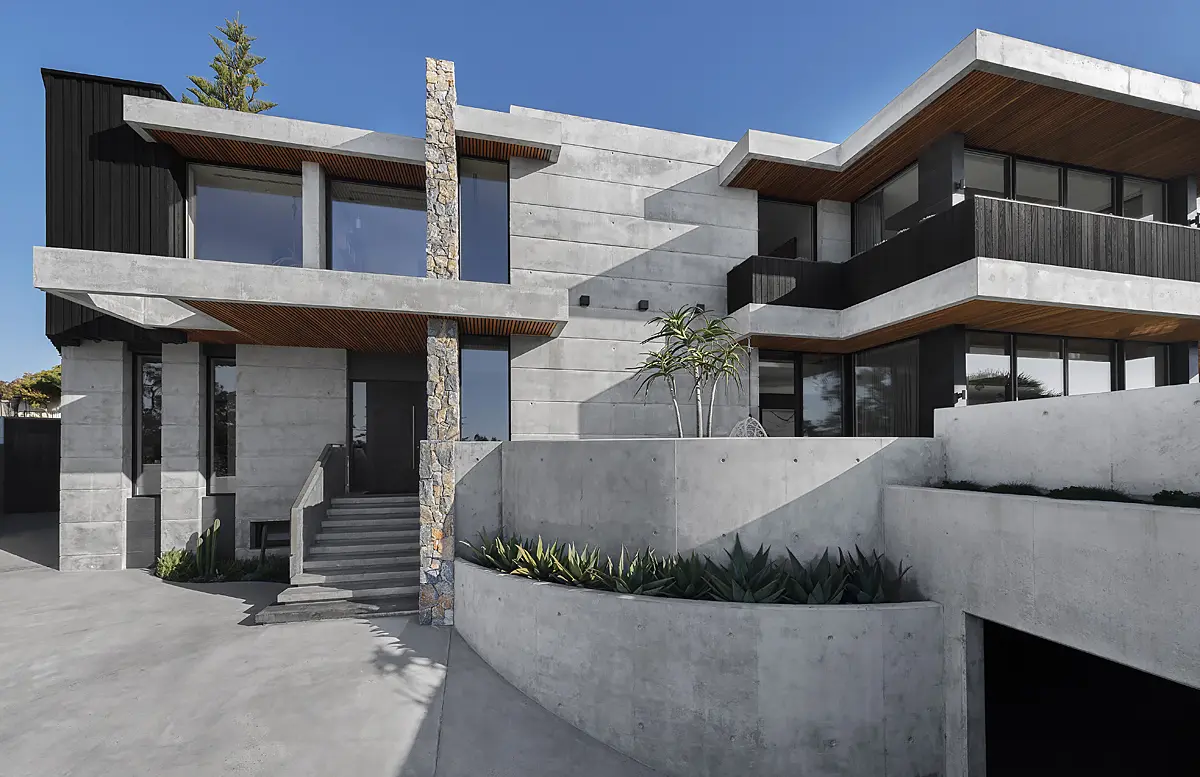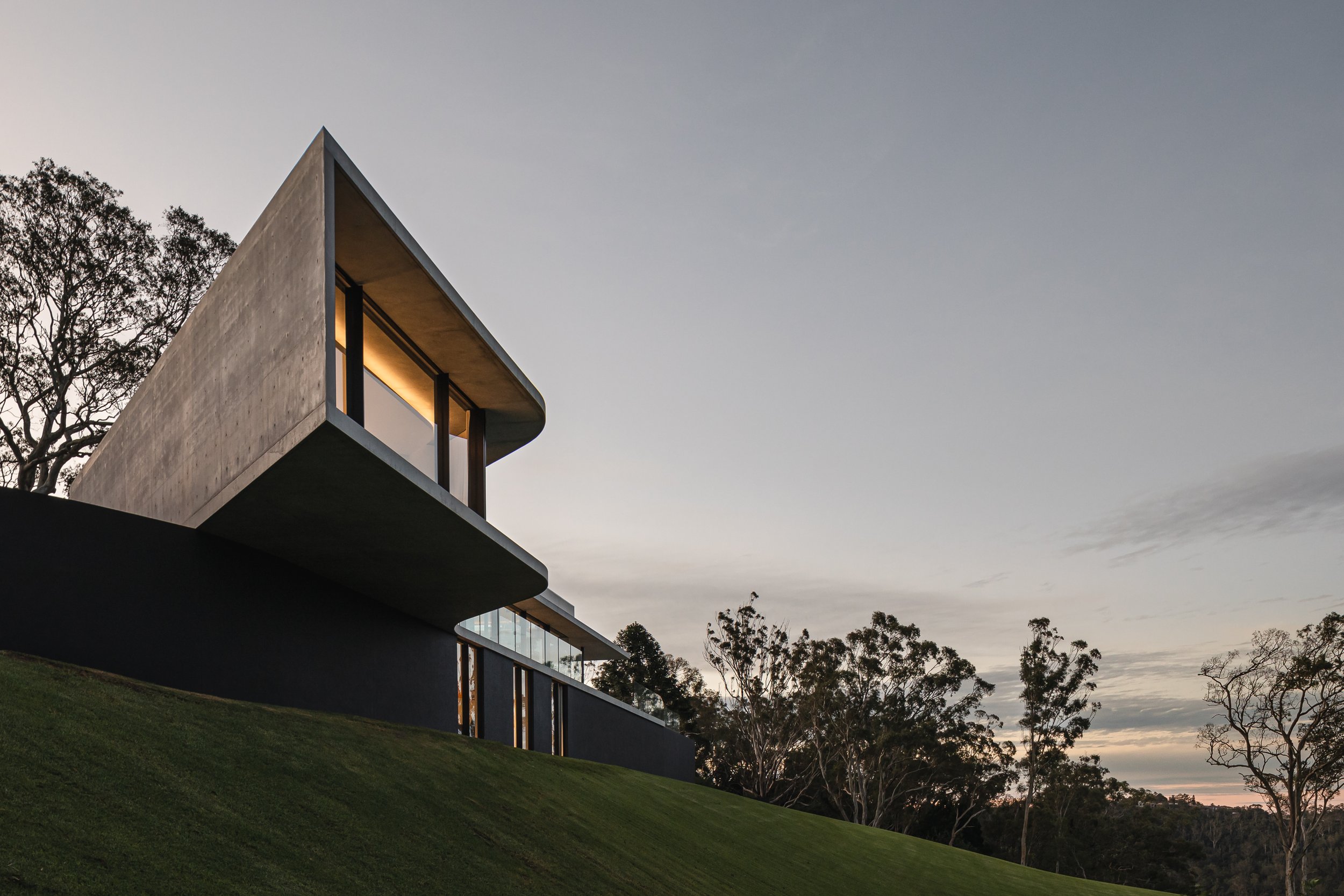Top Fads in Residential Style You Need To Learn About
As household style remains to progress, several engaging patterns are shaping the method we create and populate our space. Key developments such as lasting building techniques, the integration of wise home modern technology, and the rise of modular homes highlight a substantial shift towards both performance and environmental duty. Furthermore, ideas like open strategy living and biophilic style are redefining our communication with area and nature. Understanding these trends not only educates design choices yet additionally exposes broader ramifications for lifestyle and community - residential house architect. What might these advancements imply for the future of domestic living?
Sustainable Building Practices
A raising number of property tasks are embracing lasting structure techniques, driven by a growing understanding of environmental impact and energy efficiency. This shift is identified by the combination of eco-friendly materials, energy-efficient layouts, and innovative construction approaches. Property owners and builders are increasingly prioritizing the use of renewable energies, such as bamboo and recycled metals, which not just minimize the carbon impact but also enhance the durability and visual charm of properties.
Including energy-efficient systems is another important facet of sustainable building - residential house architect. Features such as high-performance insulation, energy-efficient home windows, and solar panels are becoming standard in new household styles. These elements not just add to lower energy intake but additionally offer substantial long-lasting cost savings for homeowners
Moreover, the format of sustainable homes often emphasizes all-natural light and air flow, lowering the reliance on synthetic illumination and climate control systems. Landscaping techniques, such as xeriscaping, more promote sustainability by minimizing water use.
As the demand for sustainable living services remains to increase, the property design sector is positioned to adapt and introduce, guaranteeing that future homes are not only environmentally accountable yet useful and also comfy for their owners. - residential house architect
Smart Home Technology
Smart home technology is changing the means homeowners communicate with their space, improving protection, power, and comfort monitoring. This cutting-edge technique incorporates various devices and systems, allowing users to control their homes remotely or with automated procedures. Central to this pattern is the use of smart gadgets such as thermostats, lighting, safety and security electronic cameras, and appliances, all attached via the Web of Points (IoT)
Among one of the most attractive features of clever home innovation is the capability to tailor settings for ideal energy efficiency. Home owners can keep an eye on energy use and readjust air conditioning, home heating, and illumination based on their routines, substantially minimizing energy expenses. Furthermore, advanced safety systems geared up with smart locks and surveillance video cameras give satisfaction, enabling remote tracking and signals to prospective protection violations.
Assimilation with voice-activated aides improves individual experience, permitting property owners to control gadgets with basic voice commands. As technology continues to progress, the capacity for clever home systems to boost quality of life expands, making them a crucial consideration in modern-day property design. Eventually, clever home innovation is not merely a fad yet a fundamental change towards more smart living settings.
Open Idea Living
Open up concept living has emerged as a defining feature in modern residential style, defined by the removal of conventional obstacles in between areas. This design viewpoint promotes fluidness and connectivity within the home, allowing for a seamless change between locations such as the kitchen, eating, and living spaces. By removing dividers and wall surfaces, open idea designs create a sense of space, promoting an inviting atmosphere that enhances social reference communication.

Additionally, this technique to domestic style straightens with minimalism, concentrating on useful simplicity and aesthetic coherence. Property owners value the adaptability of these layouts, which can be conveniently adjusted to mirror personal design via furniture plan and design. As open principle living remains to obtain traction, it remains a testimony to progressing household characteristics and the desire for homes that boost connection and convenience.
Biophilic Style
Biophilic style has ended up being significantly substantial in property design, emphasizing the intrinsic link between people and nature. This layout ideology seeks to integrate all-natural elements into living spaces, consequently promoting a sense of well-being and improving the top quality of life for owners. By incorporating functions such as natural light, vegetation, and natural products, biophilic design advertises an unified partnership between interior atmospheres and the all-natural globe.
Trick components of biophilic style consist of large windows that provide unhampered views of outdoor landscapes, living wall surfaces that present greenery into insides, and open layout that encourage airflow and all-natural light penetration. Water functions, both within and outside the home, offer to produce comforting ambiences and improve sensory experiences.
Furthermore, using lasting materials not just sustains ecological stewardship but likewise adds to much healthier indoor air high quality. As recognition of ecological problems boosts, homeowners are significantly focusing on designs that reflect their connection to nature. Essentially, biophilic layout not only boosts aesthetic charm yet additionally addresses psychological and emotional needs, making it an essential trend in contemporary household style.
Modular and Prefab Houses

Moreover, modular her latest blog and prefab homes are developed with sustainability in mind. Several manufacturers use environmentally friendly products and energy-efficient systems, such as solar panels and progressed insulation techniques, adding to minimized power consumption and lower utility bills for homeowners. The flexibility of layout alternatives permits personalization, providing to varied aesthetic choices and practical needs.
As the need for cost effective housing remains to rise, prefab and modular homes offer a practical option, addressing both financial and ecological challenges. Areas are increasingly acknowledging the potential of these structures, incorporating them into rural and city settings. In general, the pattern towards prefab and modular homes indicates a change towards extra lasting, efficient, and adaptable living atmospheres, making them a pivotal aspect of contemporary residential architecture.
Final Thought
Lasting structure techniques and smart home innovations improve efficiency and ease, while open idea living and biophilic style foster social communication and a link to nature. The rise of modular and prefab homes uses customizable and affordable solutions, reflecting a broader change towards functional and responsible living.
Trick developments such as sustainable structure practices, the combination of check my reference smart home technology, and the rise of modular homes highlight a considerable shift in the direction of both capability and environmental responsibility.The increase of prefab and modular homes has changed the domestic style landscape, using ingenious services for efficient and lasting living.Additionally, prefab and modular homes are made with sustainability in mind. Overall, the trend towards prefab and modular homes symbolizes a change towards much more lasting, efficient, and adaptable living settings, making them a pivotal aspect of modern residential style.
Sustainable structure methods and clever home innovations enhance performance and comfort, while open idea living and biophilic design foster social interaction and a link to nature.